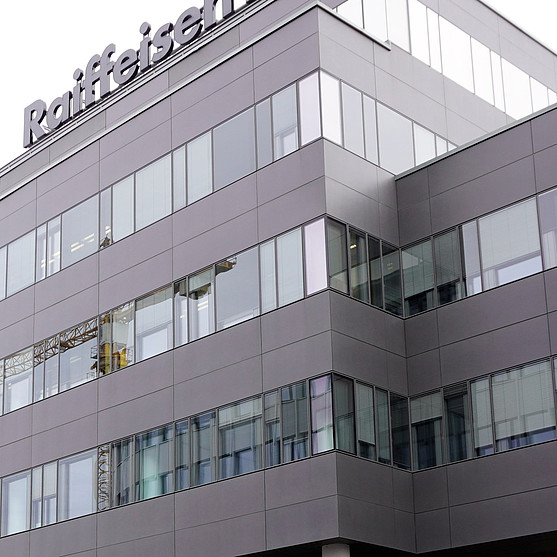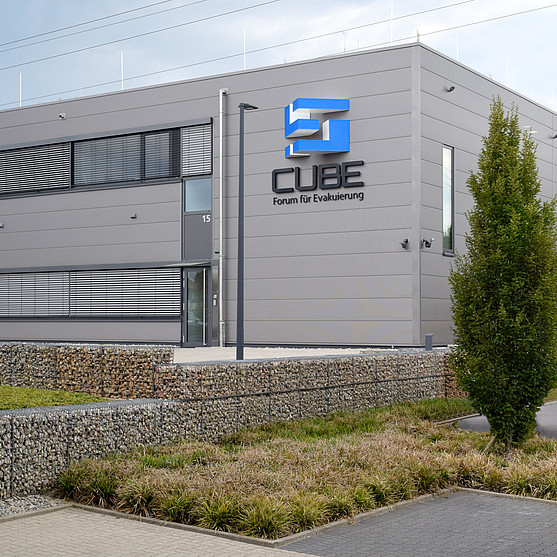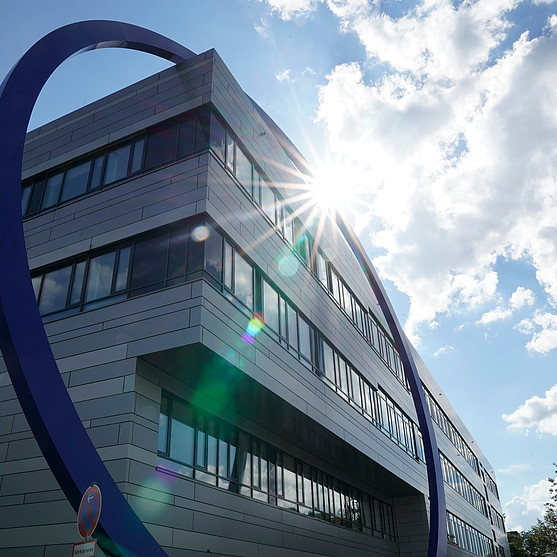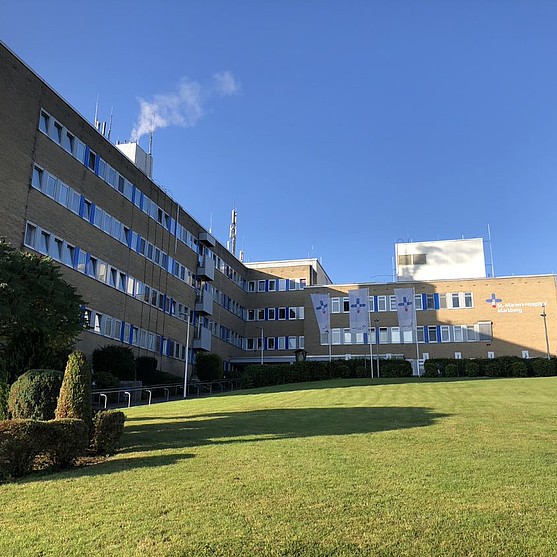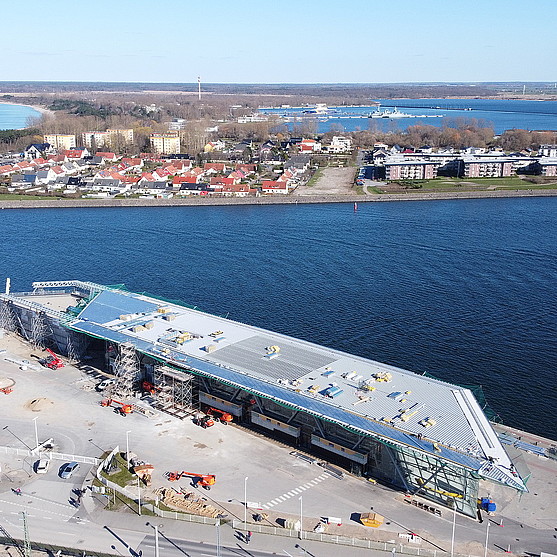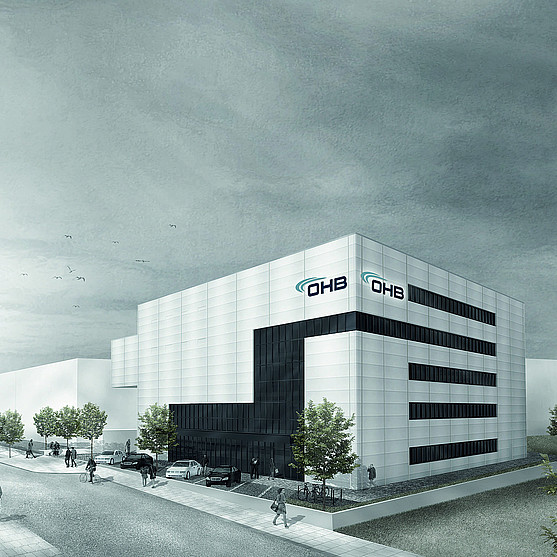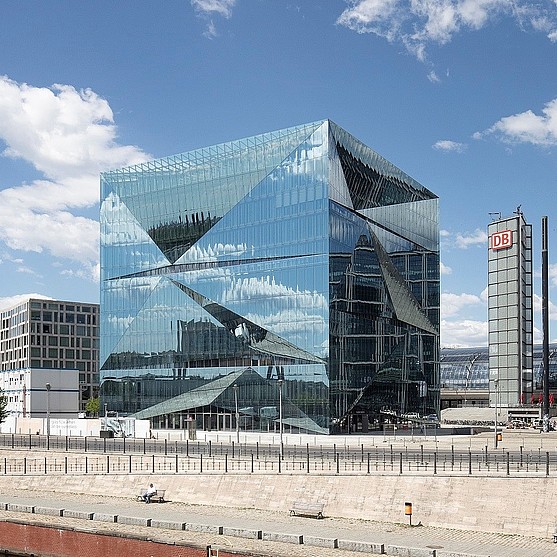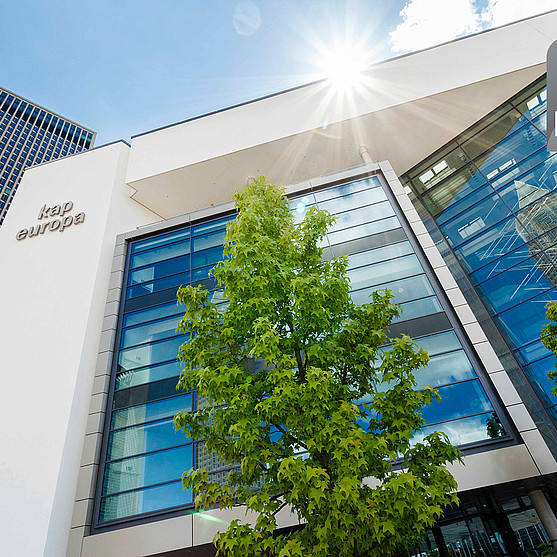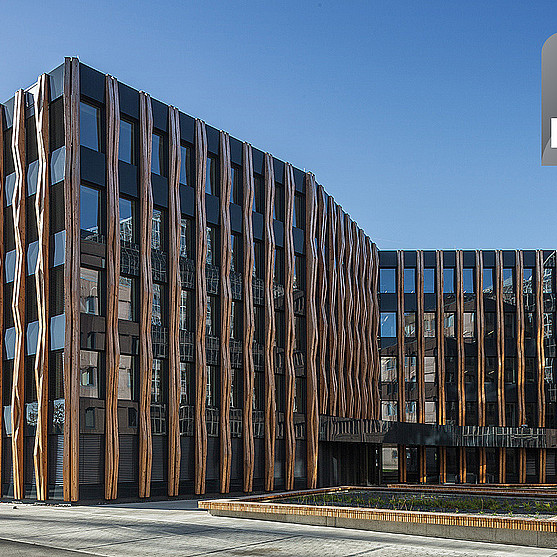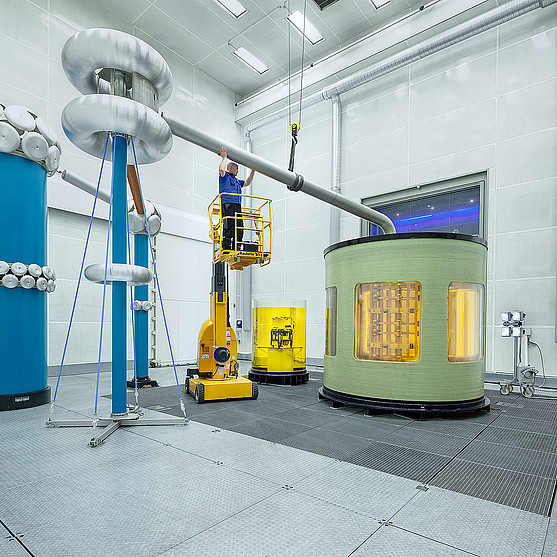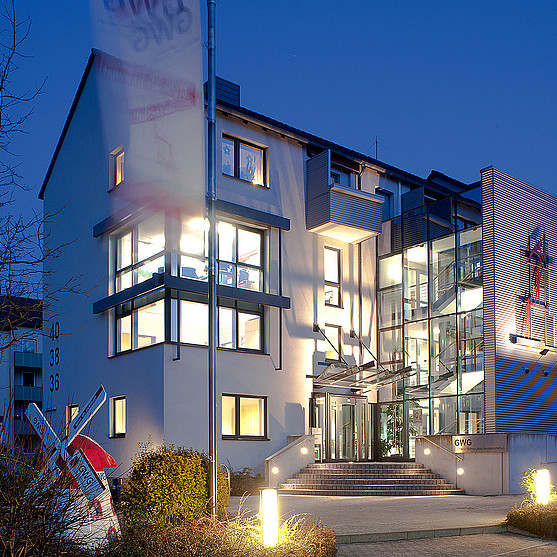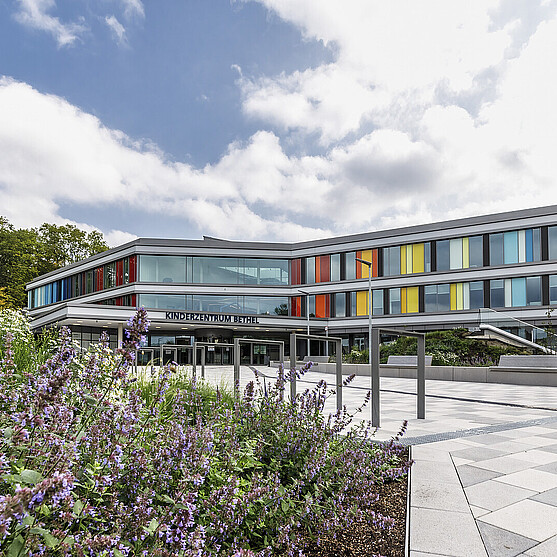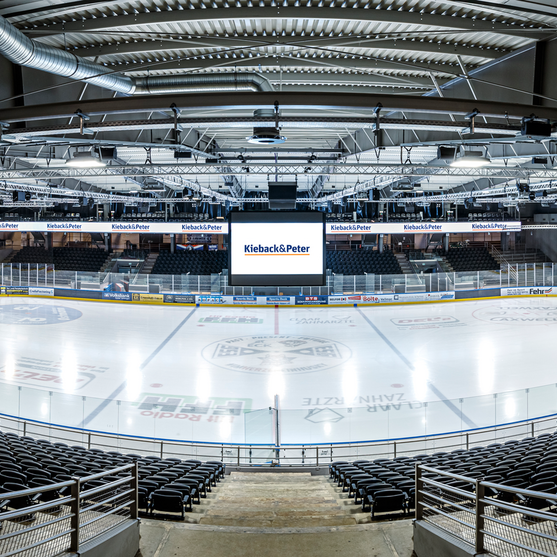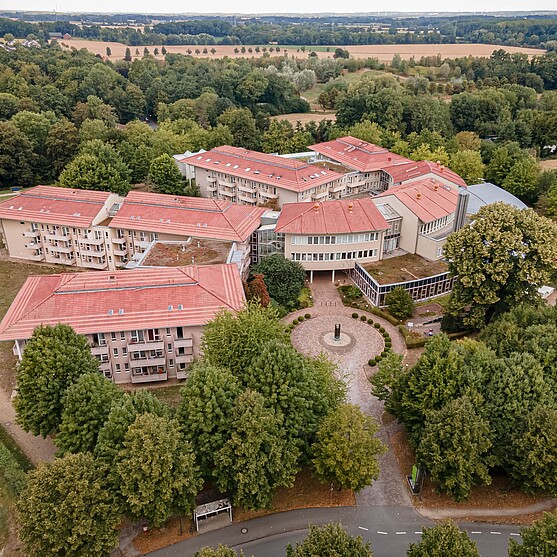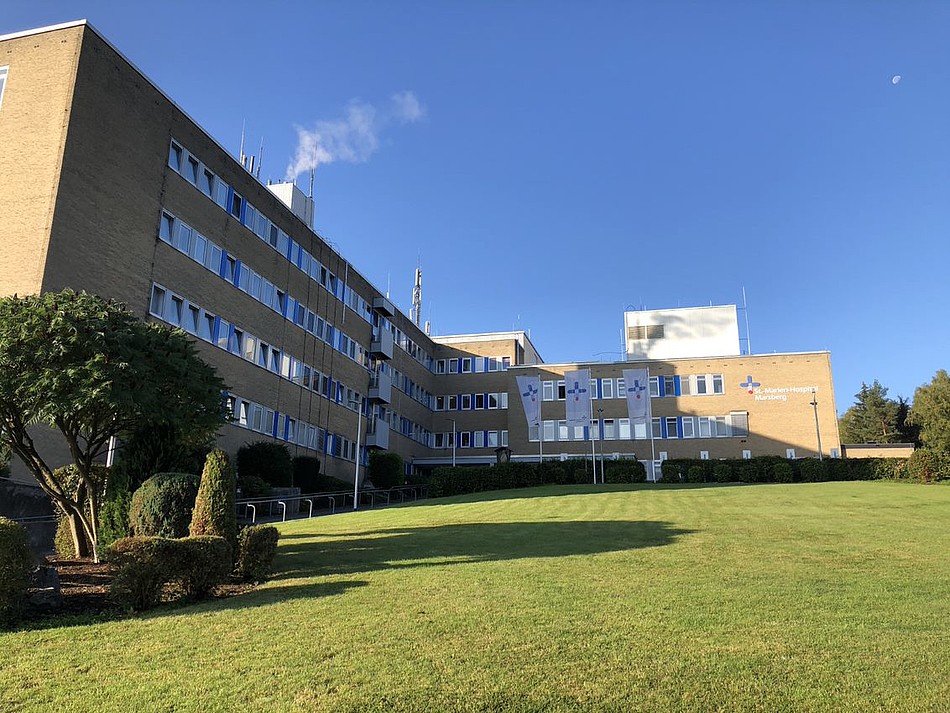
The technical supervision of modern hospital operations faces numerous duties and challenges each and every day. Maintaining the security of the facilities and systems is the top priority, while simultaneously keeping a close eye on costs. Hospitals are also increasingly seeking to optimize their energy consumption, not least due to the major cost-related effects this has. Reconciling all of these concerns is challenging at times. The St. Marien-Hospital in Marsberg, Germany is a good example: St. Marien recently upgraded its combined heat and power unit (CCHP) to ensure the efficient, green supply of heating and electricity to the hospital as well as other third-party consumers on the hospital site, including doctor’s practices and the independently operated cafeteria. While tax regulations technically prohibit these third-party operations from using the CCHP for their energy supply, a physical separation from the energy supply is not feasible. The St. Marien-Hospital consulted the energy efficiency experts at Kieback&Peter to figure out how to still integrate the CCHP in the best possible way.
New challenges for the optimum integration of the CCHP
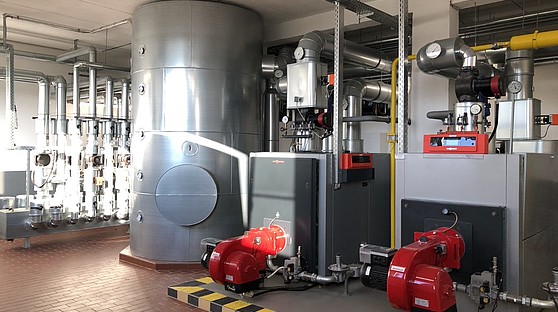
Like many hospitals with their own energy supply system, St. Marien takes advantage of the apportionment reduction provisions in the German Renewable Energy Sources Act (EEG) for the electricity the hospital produces. The consolidated energy legislation, which took effect in December of 2018, poses new challenges for those operating under its regulations. For example, in order to qualify for government subsidies, operations producing their own energy may not additionally supply third-party consumers located on the same site.
Up to now estimates of such third-party quantities have been permissible, but from January 1st, 2021 the precise values must be assessed every quarter-hour by calibrated measuring equipment.
That represents a major effort, even at the conceptual level. But the tax law requirements are further complicated by other technical hurdles:
The upgrade of the CCHP creates a hybrid system that places significant requirements on the overriding control systems engineering. Many such cases involve the series connection of the power generators, with control executed solely based on the temperatures with each of the boiler controllers. This frequently results in a high cycle rate for the CCHP and poor overall efficiency of the system.
Optimum operation of hybrid heating systems with en:hybrid
Long CCHP operating periods, coupled simultaneously with its shutdown when faced with the threat of supplying energy to third-party consumers – these two requirements represent the dilemma Kieback&Peter now had to resolve in the best possible manner, all while safeguarding the EEG apportionment reduction, and all at the lowest possible expense.
Right from the start, Michael Schlüter, the Building Lifecycle Sales Engineer in charge, stayed in close contact with the Technical Director at St. Marien-Hospital. When it comes to complex problems, clean conceptual design is the whole ballgame.
Together with the customer, a concept was designed that uses continuous five-minute consumption calculations from the corresponding meter readings at the DCC level to ensure that the CCHP is only operated to supply electricity to the hospital itself. This solution eliminated the need to install a wide variety of new meters. This in turn made implementation of the project highly cost-efficient, and it keeps the operational data management at a minimum.
The direct feedback at the software level additionally makes reporting efficient. At the same time, active performance control is used in the system to optimize heat production.
Along with the CCHP there is also a gas condensing boiler, a low-temperature gas boiler and a hot water storage tank with a capacity of 10,000 liters. A parallel connection of all the generators and the integration of the hot water storage tank for loading by all of the heat generators on the one hand effectuates a long service life for the CCHP as a baseload producer. On the other hand, these features also provide good cycle times as well for the secondary heat generators as peak load producers.
The parallel connection also makes a flexible construction of the system possible, in the event that additional generators are to be integrated into the combined heating system in the future.
Fulfilling legal requirements and implementing the economically sensible operation of the CCHP – both are possible with a single control.
The result is the technically and economically optimized operation of the CCHP while safeguarding an annual tax return of 80,000 Euros.

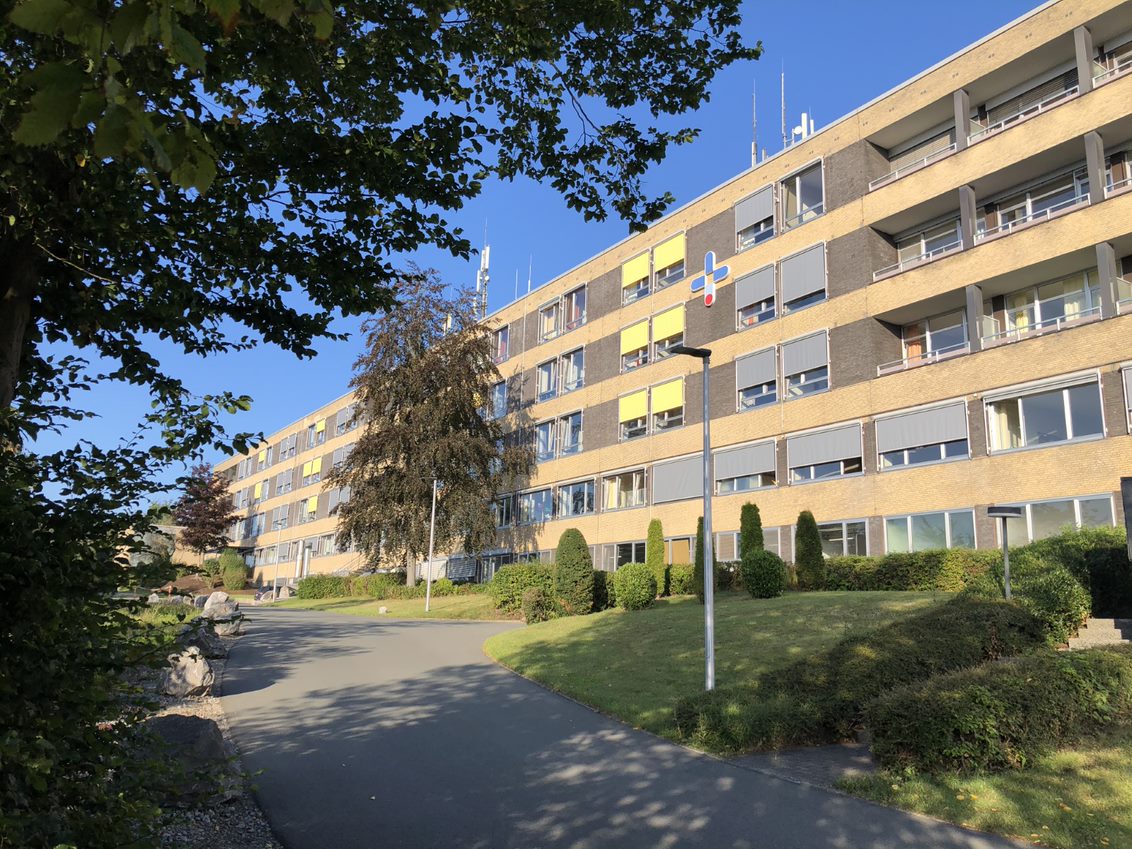
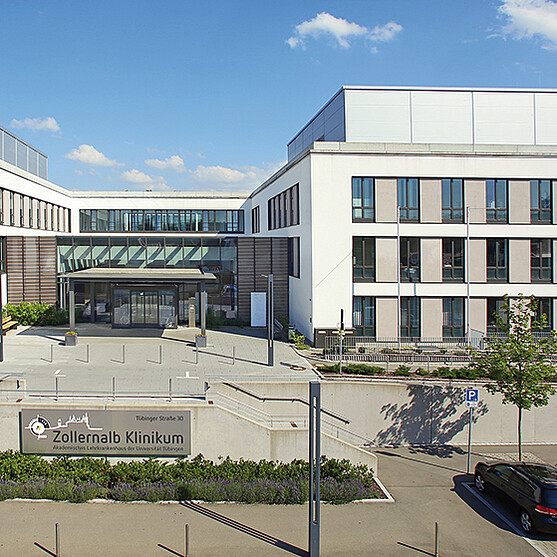
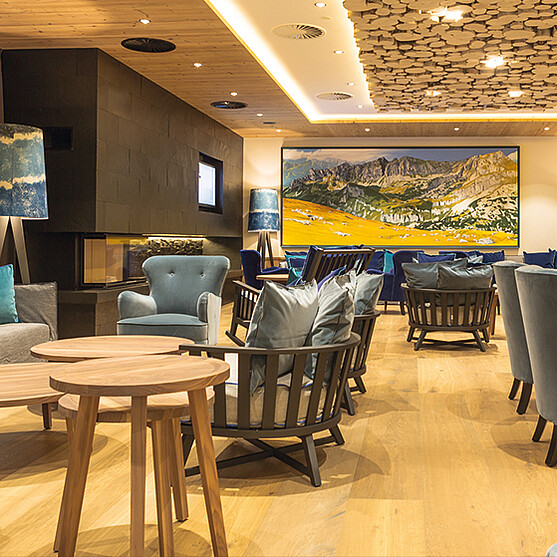
![[Translate to Englisch:] Elbdeck [Translate to Englisch:] Elbdeck Hamburg](/fileadmin/_processed_/9/b/csm_11_Deutschland_Hamburg_Elbdeck_c766930218.jpg)
![[Translate to Englisch:] Qu4drans Paris [Translate to Englisch:] Qu4drans Paris](/fileadmin/_processed_/f/2/csm_Qu4drans_7e0a58bc67.jpg)
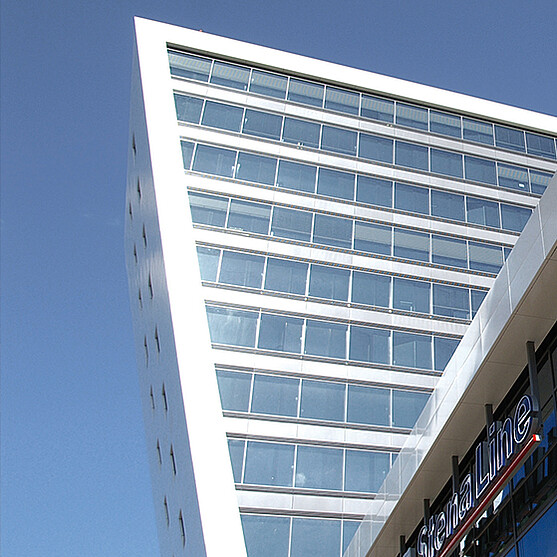
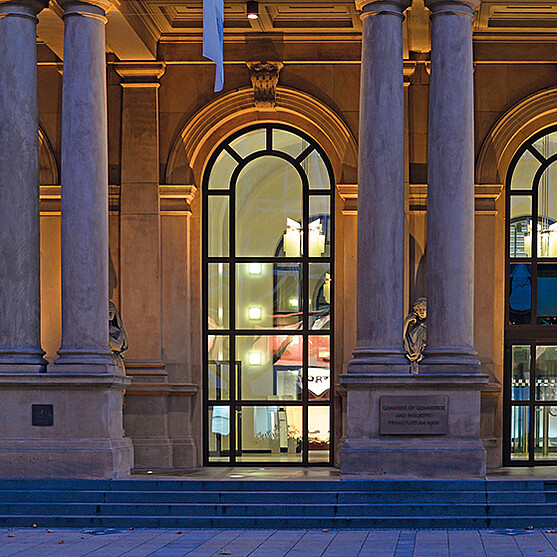
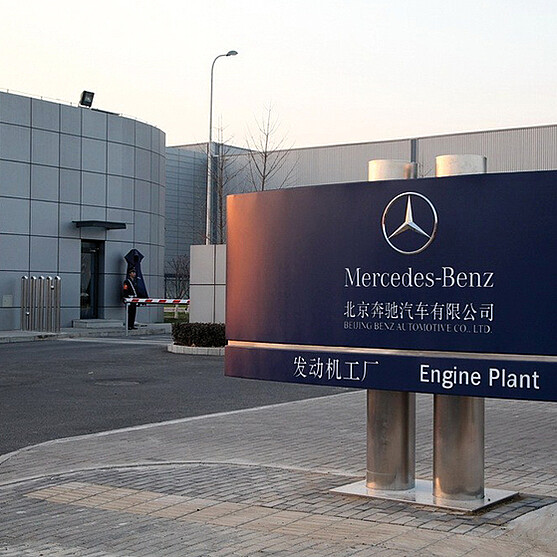
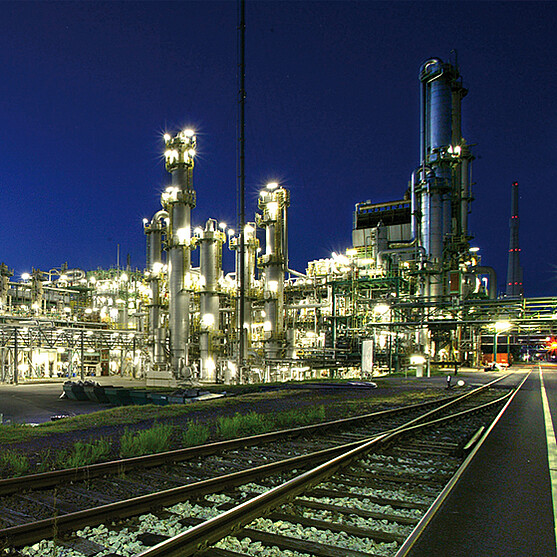
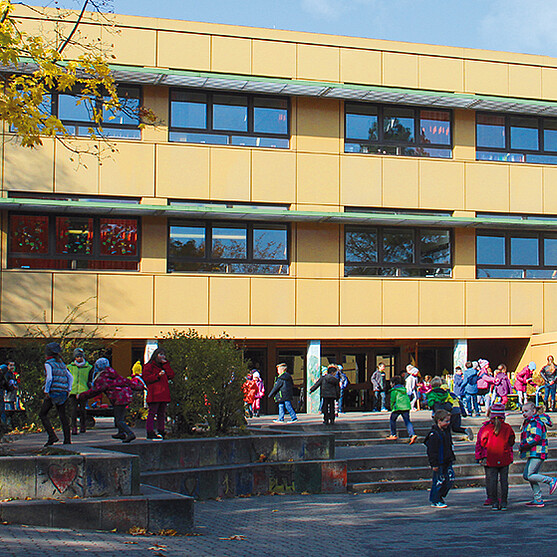
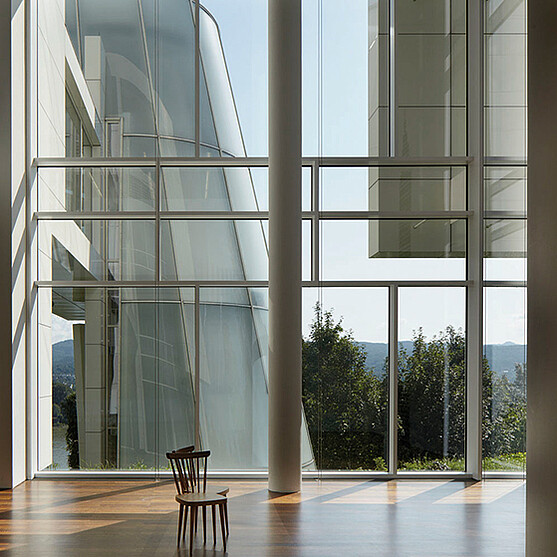
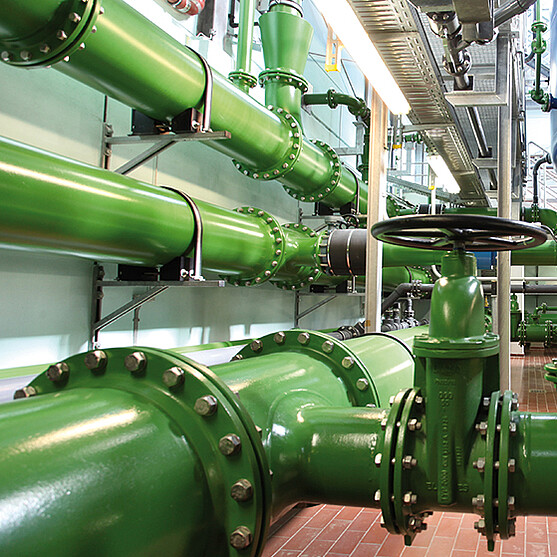
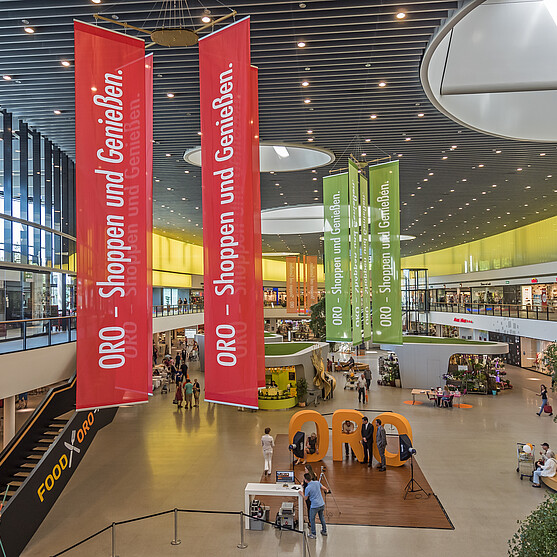
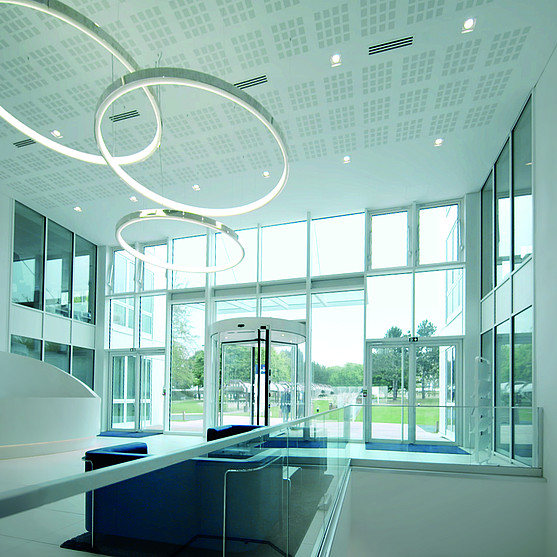


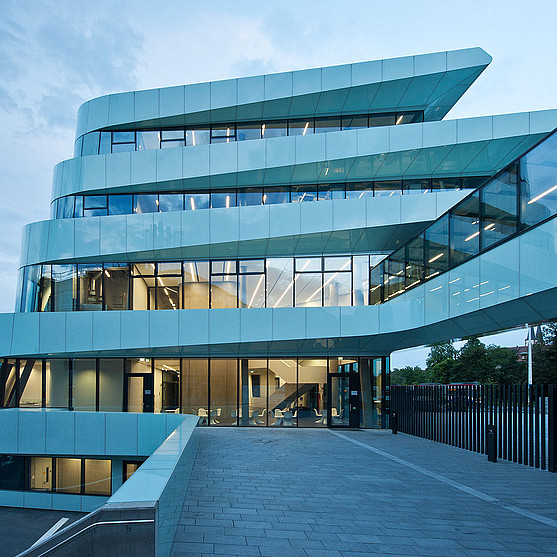
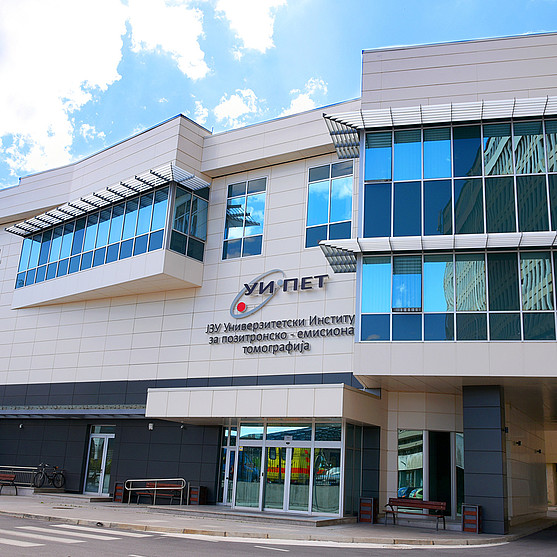
![[Translate to Englisch:] [Translate to Englisch:]](/fileadmin/_processed_/3/d/csm_L_T_Sporthaus_Osnabrueck_Indoor_kieback-peter_d47dda6a97.jpg)
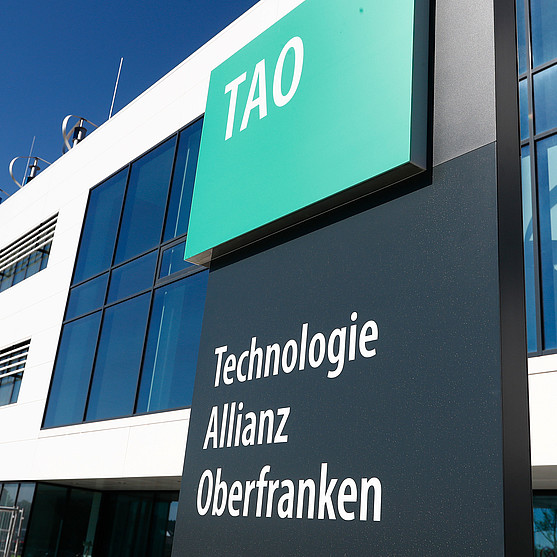
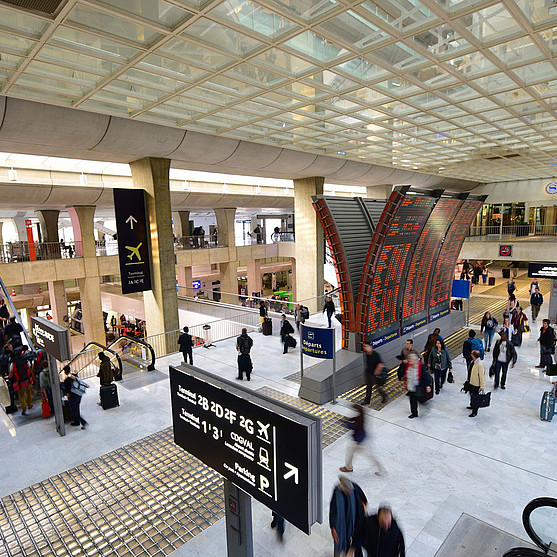
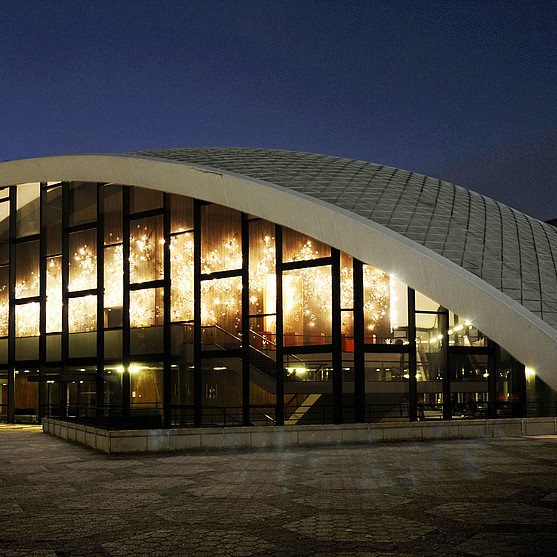
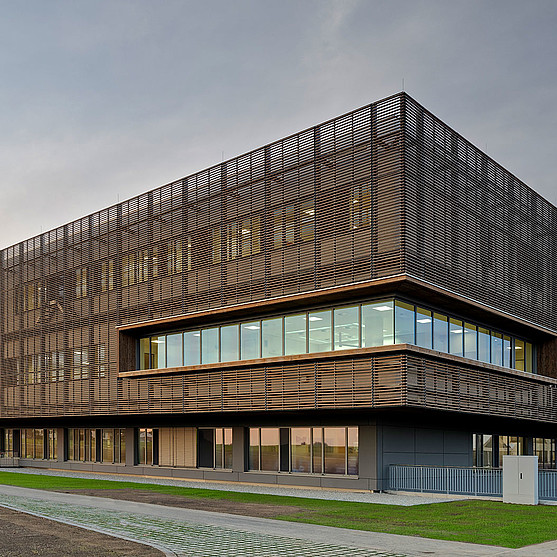
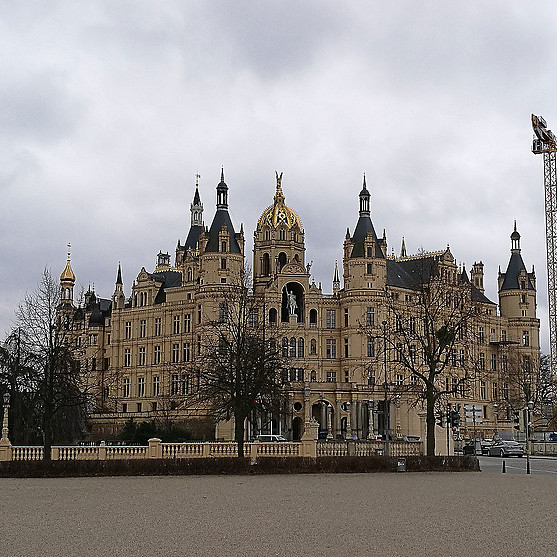
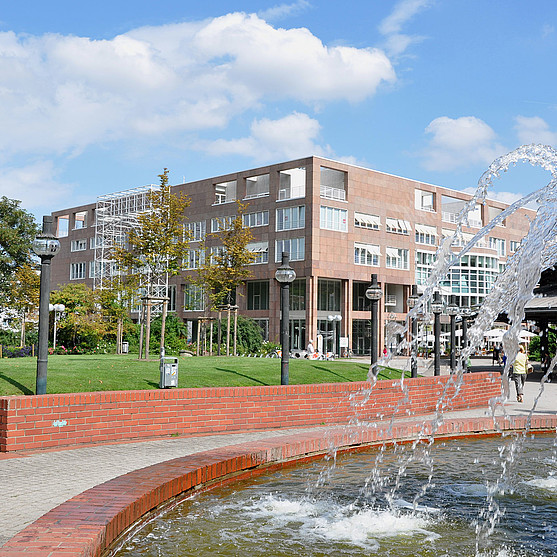

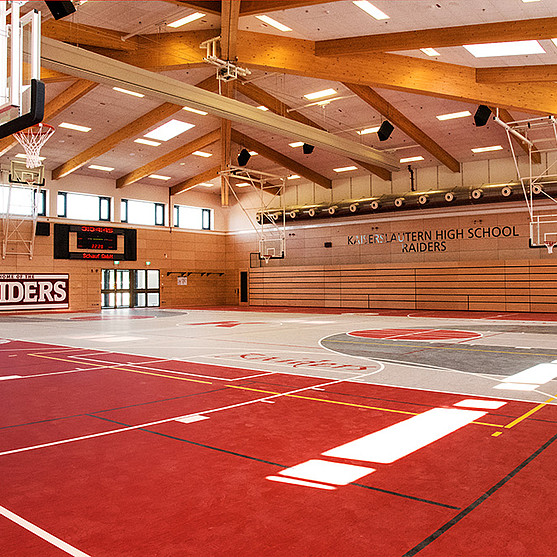

![[Translate to Englisch:] [Translate to Englisch:]](/fileadmin/_processed_/6/f/csm_flevo-krankenhaus-aussenansicht-kieback-peter_7f540b4b4f.jpg)
